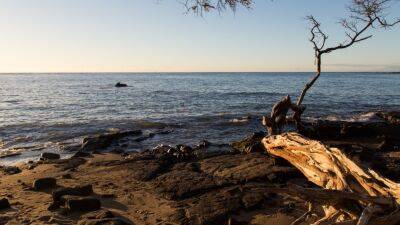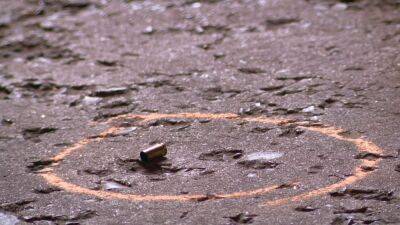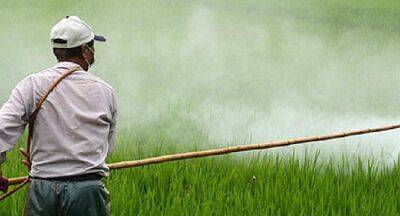Tiny oysters play big role in stabilizing eroding shorelines
Samples collected by students, workers and volunteers, associated with NY/NJ Baykeeper, as gather marine life data in the waters near Soundview Park July 18, 2018 in New York. - The Soundview oyster reef monitoring event brought the group together to LACEY TOWNSHIP, N.J. - Denise Vaccaro bought her home on the Jersey Shore over 20 years ago, charmed by the little beach at the end of a sandy spit on Barnegat Bay where she could sit and read while listening to the waves and enjoying the cool breezes.That home was destroyed 10 years ago in Superstorm Sandy, and the beach she loved is also gone, claimed by rising seas that are eroding the shoreline and pushing water to porches."It's so sad that this little community has lost its beach," Vaccaro said. "People are losing their property.
My home was totally destroyed. It's a way of life that's being lost."It's a story being played out on shorelines all around the world as once idyllic beach communities are washing away, and residents are struggling to adapt.But a partial solution being tried around the world is also being done here: establishing oyster colonies to form natural barriers that blunt the force of waves and help stabilize eroding shorelines.Such a project is underway near Vaccaro's rebuilt house, carried out by the American Littoral Society, which received a $1 million grant from the New Jersey Department of Environmental Protection.
The group has been building steel wire cages, filling them with rocks and whelk shells and positioning them in rows along the shoreline of Barnegat Bay.Tiny baby oysters, called spat, are attached to whelk shells and placed in the bay near the existing cages to further stabilize the shoreline.The shoreline in Vaccaro's neighborhood has.
Read more on fox29.com



















































